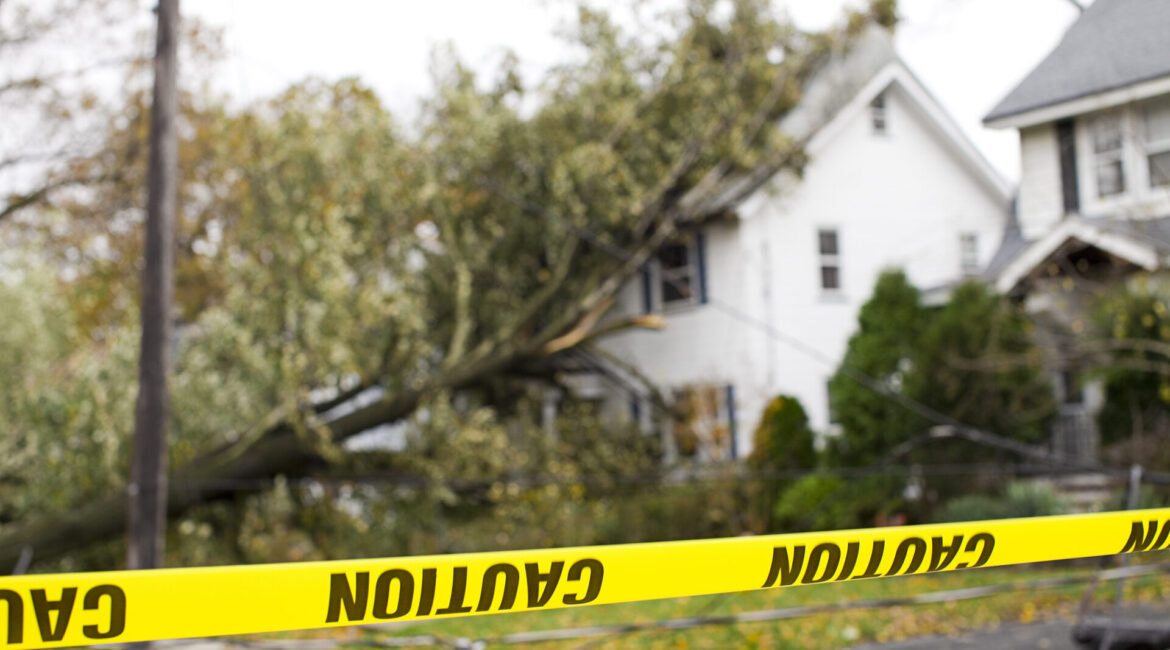Homeowner’s insurance is a vital safeguard, giving us peace of mind that our homes and possessions are protected. But when it comes to filing a claim, the process can feel daunting and complex. Understanding the intricacies of the claims process can make all the difference in a successful outcome. Whether you’re facing a minor repair or a major catastrophic event, these insights will help you navigate your homeowner’s insurance claim effectively and with confidence.
The Crucial Nature of Homeowner’s Insurance Claims
When disaster strikes, your homeowner’s insurance policy is the safety net that ensures you can pick up the pieces and repair or replace what’s been lost. However, the nuances of making a claim can be opaque, filled with policies, procedures, and paperwork. It’s essential that as a policyholder, you’re well-informed about the claims process from start to finish. Additionally, the greedy insurance companies are always happy to take your money but when you actually need to file a claim they are hesitant to pay what it costs to repair or rebuild your home.
1. Understanding Policy Coverage
Before a claim is even on the horizon, it’s important to understand the intricacies of your homeowner’s insurance policy. Typically, these policies include coverage for your dwelling, personal property, and liability, but the specifics can vary greatly.
Dwelling Coverage
This aspect of your policy dictates the maximum amount your insurer will pay to rebuild or repair your home’s physical structure in the event of damage from a covered peril, such as a fire or storm.
Personal Property
Should your personal belongings be damaged or destroyed by a covered loss, your personal property coverage will reimburse you for the cost to repair or replace these items, up to the coverage limit stated in your policy.
Liability Coverage
Homeowner’s insurance also provides coverage against legal claims for injury or property damage that policyholders or their families cause to other people. This can include incidents on or off your property.
Additionally, it’s crucial to be aware of any exclusions and limitations within your policy. For example, certain types of damage, such as that from flooding, earthquakes, or neglect, might not be covered by your standard policy. Understanding these details can save you a lot of headache when you need to file a claim.
2. Filing Homeowner’s Insurance Claims
The process of filing a homeowner’s insurance claim may feel time-sensitive and stressful, but taking the right steps can greatly improve your experience.
Contacting the Insurance Company
As soon as possible after the damage occurs, contact your insurance company to initiate the claims process. Many companies have time-sensitive requirements for reporting damage, and delays could result in a denied claim.
What Information to Provide
To expedite your claim, you’ll need to provide your policy number, date and time of the damage, a description of what happened, and an initial estimate of the loss.
Deadlines and Documentation
The insurance company might require documentation of the damage, including photographs or video footage. It’s important to understand the specific deadlines and documentation requirements to ensure your claim moves forward as smoothly as possible.
3. Evaluation and Investigation
Once your claim is filed, the insurance company will initiate an evaluation process to determine the extent of the damage and whether it’s covered by your policy.
How Claims Are Assessed
Most insurance companies use trained adjusters to evaluate claims. The adjuster will inspect the damage, review the facts of the claim, and estimate the cost of repairs or replacement.
The Role of Adjusters
These professionals act as intermediaries between you and the insurance company, working to settle the claim in a fair and timely manner.
Inspections and Interviews
Depending on the claim, additional inspections or interviews may be required to support the assessment. Cooperation and thoroughness in this process are key.
4. Claim Settlement
After the investigation, your insurance company will make a settlement offer. This is where understanding the terms of your policy becomes critical.
Negotiating with the Insurer
If you feel the initial offer is insufficient, you have the right to negotiate with your insurance company, providing additional evidence for a higher settlement amount. If you feel they are not being fair, contact property damage attorney Adam Miller, The Texas Bulldog.
Receiving the Offer
The settlement offer will be a dollar amount that your insurance company is willing to pay for the damage and is often based on the adjuster’s assessment of the repair or replacement cost.
Accepting or Disputing the Settlement
You have the option to either accept or dispute the settlement. If you choose to dispute it, you must provide a detailed explanation and further evidence to support your claim for a higher payment. If you are unsure how to do this contact The Miller Law Firm.
5. Rebuilding and Repairs
Once the settlement is agreed upon, it’s time to move forward with repairs. Here’s what you need to know about this phase of the process.
Coordinating Repairs
Work closely with your insurance company to coordinate repairs and understand the process for disbursing funds to cover the costs.
Choosing Contractors
Selecting a reputable contractor is crucial. Obtain multiple estimates and ensure the chosen professional is licensed and insured.
The Role of Insurance Funds
The money you receive from your insurance company is there to facilitate the repair. Make sure it’s used for that purpose and not diverted to other expenses.
6. Dealing with Homeowner’s Insurance Claims Denials
Sometimes, claims are denied. It’s important to know why and what steps you can take to address the issue.
Reasons for Denials
Common reasons for claim denials include lack of coverage, failure to meet policy conditions, or misrepresentation of the claim.
What to Do If Your Claim Is Denied
If your claim is denied, request a written explanation for the decision and call The Miller Law Firm. If the insurance companies are giving you the runaround and refuse to pay, Adam Miller, The Texas Bulldog will fight them on your behalf. The Miller Law Firm works on a contingency basis. This means, if your attorney does not get the insurance company to offer you more money, they will not charge you a dime for their services. It’s that easy!
Appealing the Decision
You have the right to appeal a claim denial. Present a clear rebuttal along with any additional information that supports your case.
Conclusion
Successfully navigating a homeowner’s insurance claim requires knowledge, patience, and sometimes legal counsel. Being proactive and informed can help ensure that you receive the support you need when you need it most. If your home or property has been damaged due to a storm, wind, hail, hurricane, a tree falling, flood, freezing pipes or any other damage call today for a free consultation at 713-572-3333 or download our Free eBook About Property Damage Claims. Remember, we do not charge anything unless we get you more money for your damages.





